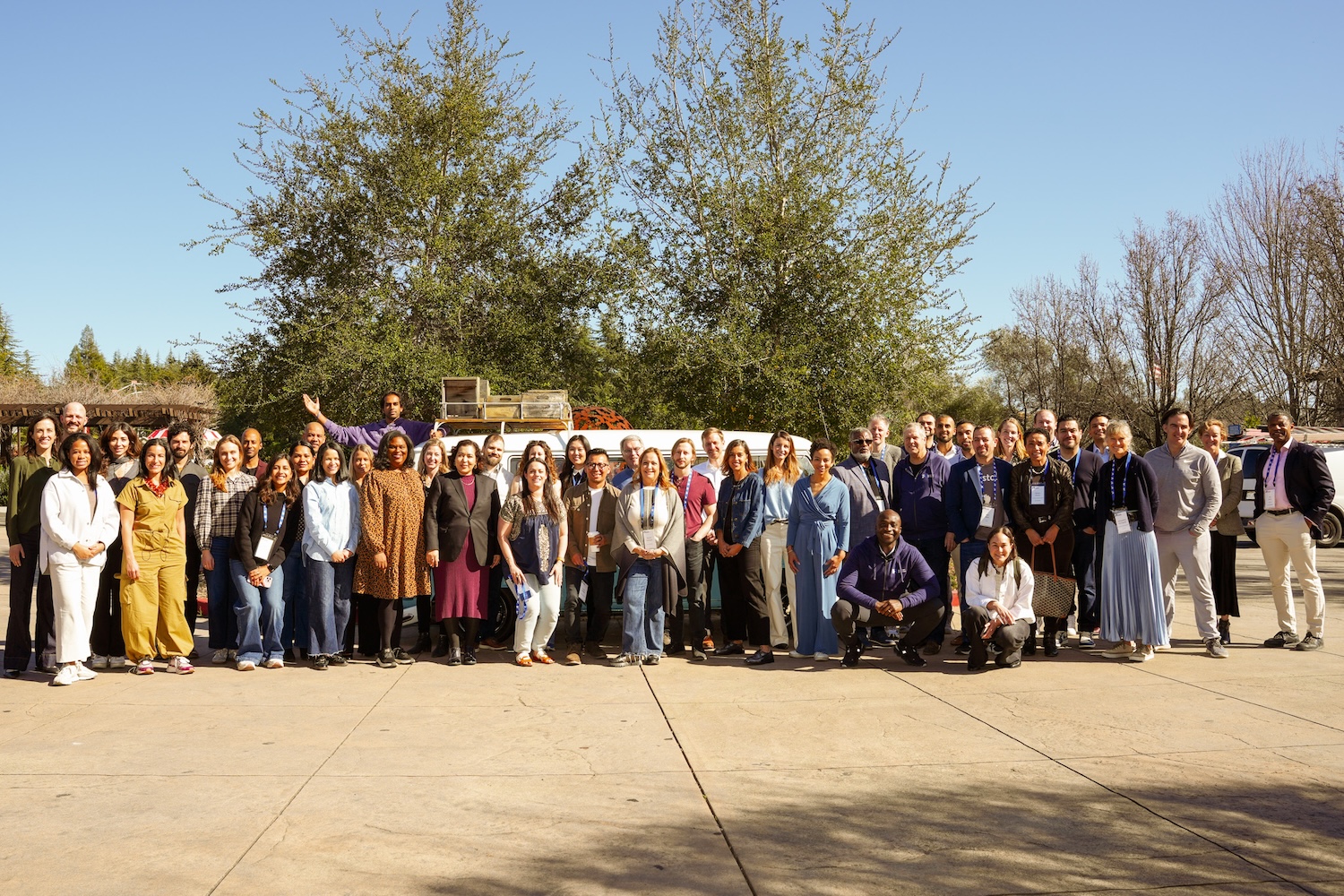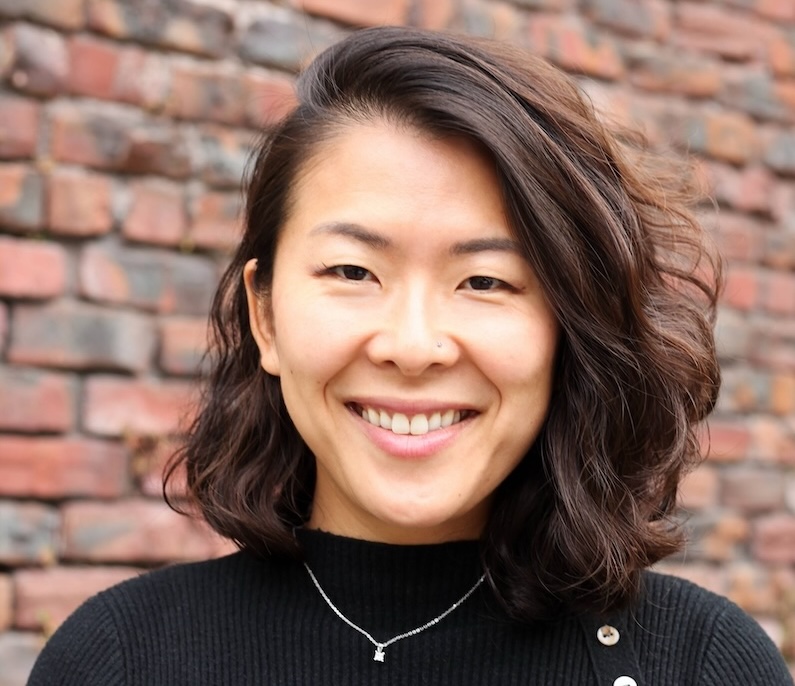Lurking in the shadows of America's patchwork public benefits system is a mathematical quandary: the benefits cliff. Many working Americans who receive public benefits—from SNAP to child care subsidies—live in fear of it. A benefits cliff happens when someone receiving public benefits earns more income, but as a result of their increased income becomes ineligible for those benefits. They earn more money at their job and make less money overall, leaving families in a lurch—sometimes on the verge of financial catastrophe.
The benefits cliff largely affects two types of working Americans: those who will face financial disaster when they hit the cliff and a larger group of workers whose career and financial decisions are made out of fear of hitting the cliff. Which means working Americans are turning down raises, taking fewer hours, and leaving jobs because their family is better off making less money at work. This leaves many people stagnant or “parking at the cliff.”
We launched the Leap Fund in 2018, focused on three things:
Find the benefits cliff: People don't know that they're going to hit a benefits cliff until after it has already happened to them. Transparency is the first step in addressing benefits cliffs, and we've built tools and resources, including a benefits cliff calculator, to anticipate these events.
Bridge the cliff: Knowing you're going to hit the cliff may still leave someone with limited-to-no options. We've got an on-the-ground solution we aim to pilot shortly, focused on ensuring folks keep the stability of public benefits, while building their career ambitions in accepting promotions and raises, without fear of a benefits cliff.
Eliminate the cliff: This necessitates a seachange in policy. We're working with user voice, data, and outreach to help improve policy outcomes and influence systems change.
Here's what we've learned about the intersection of public benefits, public opinion, and open-source technology, based on those core goals we laid out when we started this project.
We need a shift in how we think and talk about benefits
We have a system where we've agreed that these public benefits are available and should be accessible to people that meet the guidelines. But the very regulations of those benefits are designed to punish people that apply for and try to receive them. It is time consuming and heartbreaking to apply for benefits—and then when many Americans do get a raise, they're in fear of losing benefits that help support them.
On the flipside, we have other benefits that we don't call benefits. Like the mortgage interest deduction. The process to take advantage of that on your annual tax return is very straightforward—and there's no stigma attached to it. There are no reservations or potential shame about mentioning it in conversation with friends.
But what we consider public benefits—like Medicaid or SNAP—are deeply stigmatized and extremely difficult to navigate. The experiences that Americans have applying for and receiving these public benefits can be very unpleasant, incredibly frustrating, and, at times, cruel. The process of public benefits should be the same as claiming a mortgage tax credit.
Americans who receive public benefits—or those who apply and don't receive—are all operating in a world where the sheer act of accepting public benefits comes with the optics of ill intent, lack of drive, and an assumed lack of trust. Yet there's a level of trust in the regulations and tax benefits for high income earners and corporations. In 2012, the New York Times illustrated the tax avoidance that many large companies employ: the Double Irish with a Dutch Sandwich, a practice that costs the United States multi-billions of dollars, but simply elicits a shrug from most people.
We need a narrative shift around what we think of as benefits, and redefine the idea of “trustworthy” behavior.
User voice matters
We always start with talking to the people directly affected by the benefits cliff: public benefits recipients. Like, for example, a worker in a workforce development training program trying to determine which certificate to go after and how a new salary might impact their overall income and current benefits situation. We've also worked to help other stakeholders who are affected, like a line manager who has employees turning down a raise.
We've worked hard to bring the public benefits recipient experience to both legislators and benefits agencies. Just last year, I spoke before the House Committee on Rules about benefit cliffs, to share the experiences we had learned from public benefits recipients themselves.
When we launched Leap Fund in 2018, we spoke with public benefits recipients, and the community based organizations that serve them, there were some people who knew about benefits cliffs. There were many others that didn't—and that includes legislators and people working in public benefit agencies. Some experts in the field even told me they thought benefits cliffs had already been solved.
The conversation around the benefits cliff has changed dramatically since then, accelerated by the pandemic and employer negotiations amidst a global shutdown in 2020. It's more than just an issue for benefits recipients and benefits agencies—it also impacts employers and their ability to attract and retain talent. We've been able to expand our work to employers, which is hugely important considering around one out of five employers in America have employees facing benefits cliffs.
Yet, through all that, we can stay as close to feedback we hear from benefits recipients as possible, and work hard to understand and meet their needs—as this is a challenge that workers need.
What we've learned working at the intersection of the public benefits world and the private sector
I don't mean to bang the drum around our work being user-centered. But that is the single most important thing people need to do when working on systems change. It drives our work and it helps us have real impact, by ensuring we're focused on the right challenges to solve, and the most impactful and useful areas. You can implement that user voice to make good products that simultaneously help your users and signal to the public sector what kind of changes need to be made.
We also continue to be very transparent about what we're doing and what we're learning. After we created benefitscliff.com from research we had done in 2018 and 2019 we started getting requests from people and other organizations about how to help people better understand what a benefits cliff is. As the requests piled up, we realized it just needed to be publicly available to everyone. Inspired by open source resources in my tech career, we wanted to make sure that no one else trying to impact this issue has to start from scratch —we want everyone to easily find this base level of knowledge. We still keep it updated: it covers metrics, studies, policy, and more, for people to quickly find what they need to better understand the issue.
Conversation is critical. Policy work can be tedious and we've worked really hard to create on-the-ground solutions, as well as foster conversations about the issue and the need to solve it. We talk with everyone who is impacted by this critical issue and the role they have to play in it—whether it's legislators, benefits agencies, employers, or community based organizations. We work hard to showcase that the ambitions and goals of people are universal—it's obvious we should be doing everything we can to support those ambitions for people to move ahead in their careers and their lives without fear of benefits cliffs.
Being led by user needs has served us well in engaging benefits recipients, employers, government agencies, and legislators, to design services and tools to meet their various needs on this very tricky and pressing issue.





